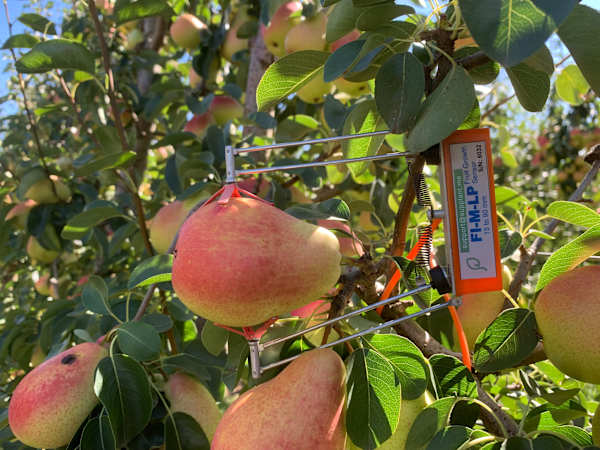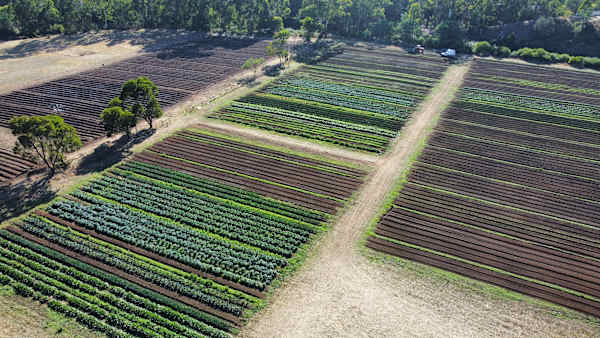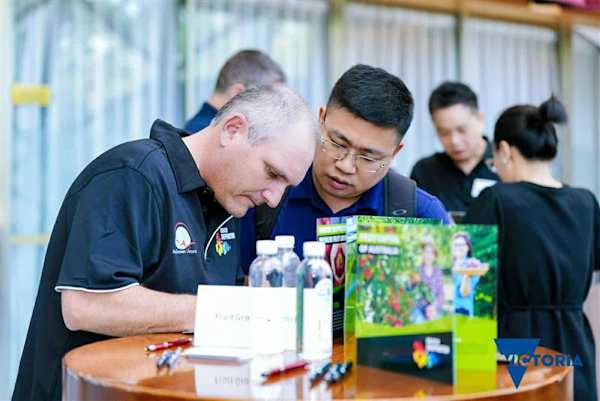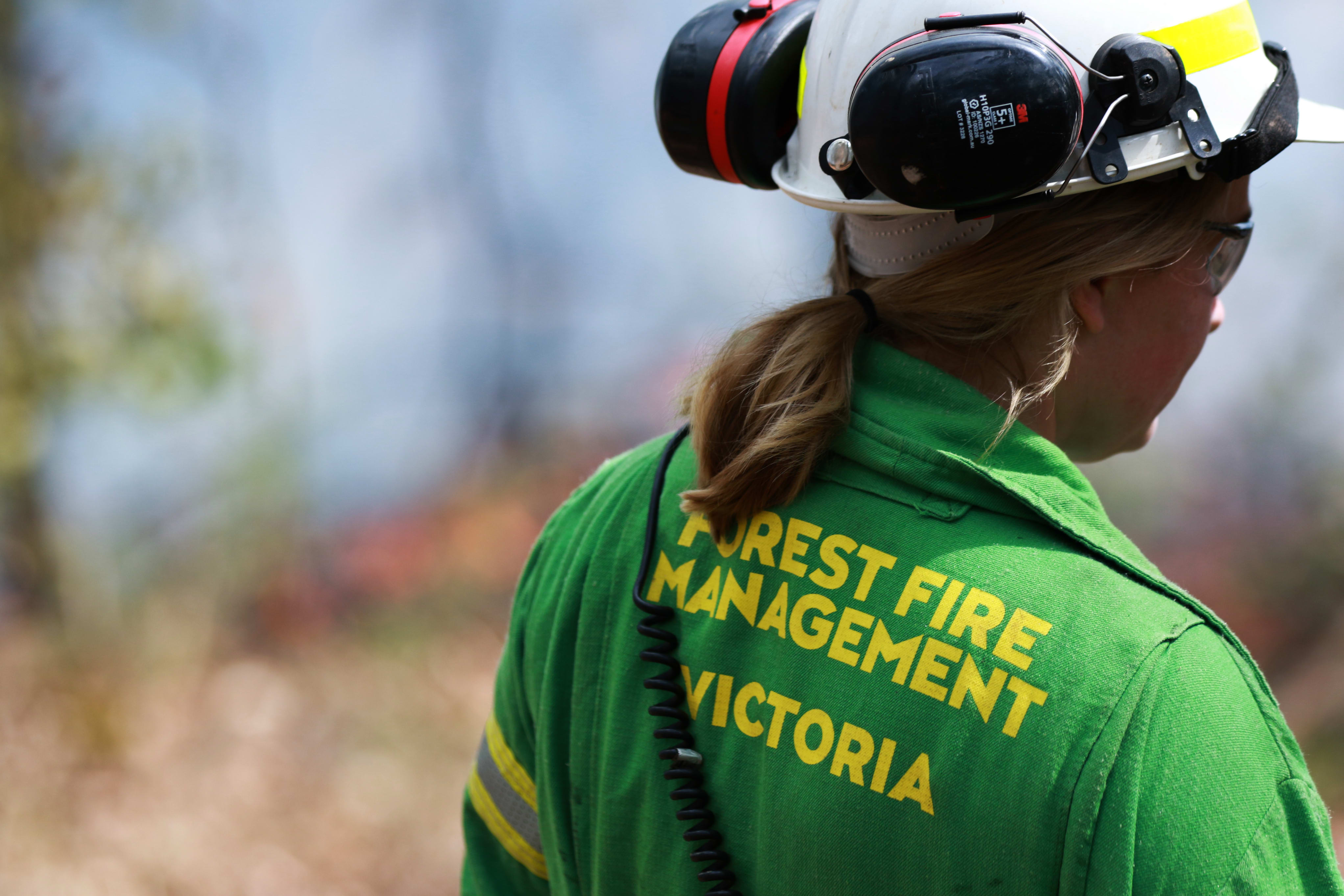NESTLED in the fertile heart of Victoria, the small hamlet of Thorpdale has long been recognized for its agricultural mastery.
While initially known for its potato farming, Thorpdale has recently gained attention for other crops: hazelnuts and chestnuts.
With its rich volcanic soil and favourable climate, Thorpdale provides an ideal environment for cultivating high-quality hazelnuts, positioning the town as a key southern player in Australia’s burgeoning nut industry.
The Warragul-Thorpdale road wends its way through beautiful undulating hills, where Valerie Stewart runs a largeish property, growing mainly hazelnuts and some chestnuts.
“I was brought up on a dairy farm in Gippsland, then went to uni, gained a science degree, then a DipEd in zoology later teaching maths, science and physics at secondary school,” says Valerie.
Latest Stories
"I worked for Apple and Pear Australia and Australian Livestock and Property Agents Association before becoming secretary for Hazelnut Growers Australia.
“My husband and I started our own dairy with 200 cows, and restocked with Holstein studs.
"I wrote for Stock and Land until I got bored, when I decided to buy this place of 140 acres, forty five of them with hazelnuts; or 1800 trees, plus a further 500 trees of Chinese chestnuts.”
Valerie prefers the flavour of the Chinese variety rather than the European chestnuts which to her are "bland".
The chestnuts are native to China, Taiwan and Korea and are taking off in Australia.
These chestnuts have a healthy starch, similar to sweet potatoes in their composition, but most consume them whole, sweet, savory, or roasted in the shell.
They can be milled into flour or used in grain free baking.
While out in the winter paddock Valerie is pruning, aware of a few catkins or long dangly bits that allow the tiny female flowers to be pollinated, as the pollen from the male flowers is blown by the wind, obviating the need for bees.
She planted these chestnuts in 2020 with some of them already displaying single-sex catkins.
Hazelnuts are not so fertile, and require two or three different sorts to ensure a quality pollination.
Not all hazelnut groves have been highly effective, however.
Take the Ferrero Rocher company which had planted one million hazelnut trees near Narrandera in New South Wales.
According to Valerie, Ferrero had placed these trees in the wrong area and eventually had to shut the operation down.
Many believed this would be the end of growing hazelnuts, rather than appreciating the time it takes to actually get a return on their investment.
To further streamline the Australian production of these nuts, there is a group of growers bringing in new varieties from Chile which had originally been bred by Oregon State University in the USA.
Australian growers work closely with their Chilean cohorts to help reduce the hazelnut growing period by applying advanced techniques, which the Chileans have been perfecting in their own country.
Hazelnut trees mature in about 15 years and take up a 36 square metre space.
"The plant is like a large bush which grows suckers from the base, similar to a cherry tree.
"If the hazelnut is allowed to grow it becomes more manageable, so we’ll annually prune the suckers off, and they’ll grow better.
"Hazelnuts fall from their husks when ripe and are collected from the ground.
"You can train the trees as single trunks by removing all suckers, or train as multi trunks by allowing three to five trunks to grow in a tall vase shape.”
Most of Australia’s hazelnuts come from Turkiye arriving here six months after harvesting, when they are "half stale" says Valerie.
“I’ve also got another 600 miscellaneous rare types of nuts – I had collected seeds to plant 200 hickory trees, and heart nuts which are like a walnut and heart shaped – I also grow macadamias and black walnuts, with hybrid seedlings of butter nuts, known as American white walnuts, combined with heart nuts.”
Black nuts are eaten raw and have a sweet taste, great for deserts or ground to make flour.
By all means eat the nut after soaking in water, but avoid eating the bark warn the experts.
Hazelnuts are full of antioxidants, vitamins, minerals, and eating them contribute to heart health; while mitigating the risk of developing type two diabetes; and controlling one’s weight; and reducing the risk of cancers.
Hazelnuts can reduce the risk of blood clotting and urinary tract infections; being high in diet fibre, they also contain essential minerals like zinc and magnesium.
Increasing global demand for nuts, particularly in emerging markets in Asia and the Middle East, offers significant growth opportunities in Central Victoria and West Gippsland.
Technological advancements, such as automated harvesting and enhanced pest management systems, will further improve efficiency and productivity.
Valerie is a necessary cog in the wheel, a stalwart for research and development, embracing sustainable practices and diversifying product offerings to ensure long-term success and resilience of the nut industry.
Valerie’s other passion are her two sons, one who works in Dubai as a surveyor and another who is a GP in Noosa, both keeping in regular contact.
She enjoys working outside, does a little gardening apart from her beloved trees, giving her "a reason to do a lot of research", her pet love and contribution to agriculture. “For me it’s about climate change and moving to a tree-based cultivation system.
"I do things which interest me and find ways of doing it, so every day you wake up, is a good day."













